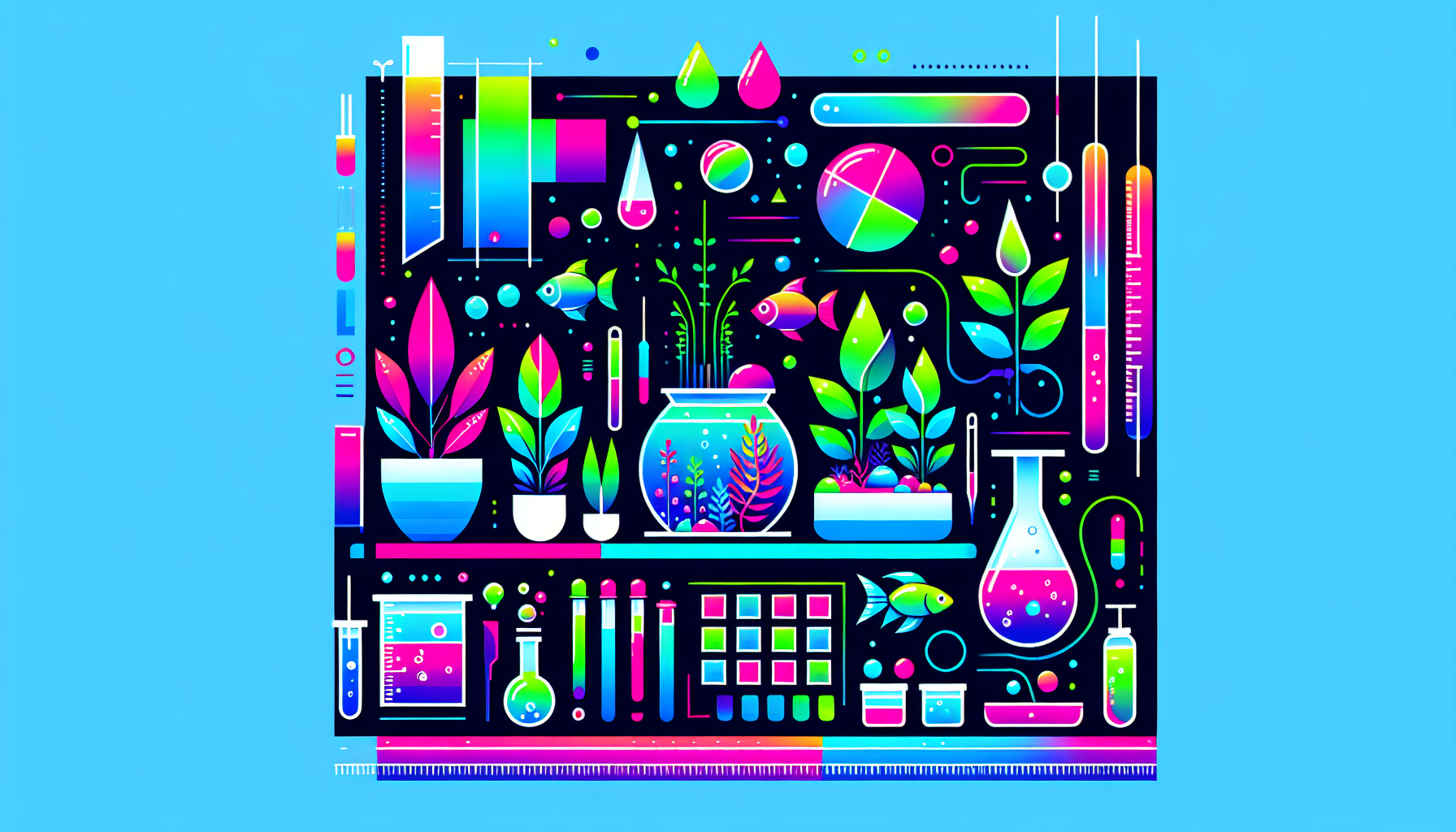Beginner’s Guide to Aquascaping: Tips, Techniques, and Essential Tools for Success
Dreaming of a thriving underwater world at home? Aquascaping combines creativity, passion, and nature to help you design beautiful aquarium landscapes. If you’re new to aquascaping, this comprehensive guide will provide all the essential tips, techniques, and tools to get you started on the right foot. Whether you want a lush planted tank, minimalist hardscape, or something in between, read on to discover how to set up your own breathtaking aquascape.
What is Aquascaping?
Aquascaping is the art and science of arranging aquatic plants, rocks, wood, and substrate in an aquarium to create captivating, balanced layouts. Originating from the aquarist hobby, it’s now a worldwide trend blending gardening, design, and ecology—all under water! Styles range from naturalistic riverbeds to dramatic mountain scenes, each offering unique ways to express your creativity.
Why Start Aquascaping?
- Personal Expression: Design your own piece of aquatic art
- Relaxation: Enjoy the calming effects of underwater scenery
- Healthy Environment: Plants help filter water and support aquatic life
- Educational: Learn about plant biology, water chemistry, and ecosystem balance
Essential Aquascaping Tools and Supplies
Having the right tools ensures a smoother setup and ongoing maintenance. Here’s what every beginner aquascaper should have:
1. Aquarium and Stand
Start with a tank of at least 10 gallons. Consider space, equipment, and the style you envision.
2. Substrate
Use nutrient-rich substrates for planted tanks. Popular choices include aqua soils, sand, or gravel. Learn more about choosing the best aquascaping substrate.
3. Hardscape Materials
Rocks (seiryu, dragon stone) and driftwood are the backbone of most aquascapes. Arrange these first to create structure—check our guide to hardscaping with rocks and driftwood.
4. Aquatic Plants
Choose beginner-friendly species like Anubias, Java Fern, and Cryptocoryne. For a lush carpet, beginners often use Dwarf Hairgrass or Monte Carlo.
5. Lighting
Quality LED lights promote healthy plant growth. Match the intensity and spectrum to your plant selection.
6. CO2 System (Optional)
While many starter tanks thrive without added CO2, injecting carbon dioxide can boost plant health and growth. Explore the benefits in our CO2 aquascaping guide.
7. Filtration
An efficient filter maintains water clarity and supports beneficial bacteria. Canister and hang-on-back filters are popular options.
8. Maintenance Tools
Invest in aquascaping scissors, tweezers, and algae scrapers for precise planting and trimming.
Step-by-Step Aquascaping Techniques for Beginners
1. Plan Your Layout
Sketch ideas or gather inspiration from online galleries—think about focal points, depth, and flow. The golden ratio can help achieve balanced designs.
2. Set the Substrate
Add substrate in sloping layers to create depth. Use barrier mats to prevent mixing if using multiple types.
3. Position Hardscape Elements
Arrange rocks and wood before adding water. Secure items and test visual angles from the main viewing side.
4. Plant Aquatic Plants
Use long tweezers to plant stems and foreground carpeting species. Mist plants as you work to keep them moist.
5. Fill the Tank Slowly
Pour water gently over a plate or plastic bag to avoid disturbing your layout. Fill about halfway, then finish planting before topping off.
6. Install Equipment
Add your filter, heater (if needed), and light. Adjust the timer for 8-10 hours of daily light.
7. Cycle the Aquarium
Allow the tank to cycle fully before adding fish or shrimp. This builds up crucial beneficial bacteria—read our aquarium cycling guide for more tips.
Top Aquascaping Tips for Beginners
- Research plant and animal compatibility before stocking
- Regular trimming and maintenance keeps plants healthy and prevents algae
- Perform weekly water changes to maintain water quality
- Start simple—complex layouts can be overwhelming at first
- Patience is key: aquascapes take time to grow and mature
Aquascaping FAQs
How much does it cost to start aquascaping?
Beginner setups range from $150-400, depending on tank size, equipment, and plant selection.
Can I add fish right away?
No, always wait until your aquarium is cycled to ensure a safe environment for fish and shrimp.
What are some easy aquascaping styles?
The Nature Aquarium, Iwagumi, and Jungle styles are popular and beginner-friendly. Explore different aquascaping styles for inspiration.
Get Inspired: Next Steps in Your Aquascaping Journey
With the right tools, a thoughtful approach, and a bit of patience, anyone can create a living work of art at home. Want more detail? Dive into our aquascaping tips for beginners or explore planted tank basics to keep learning!
Ready to Start Your Own Aquascape?
Join our community at Aquascaping Academy! Sign up for our newsletter for expert tips, project inspiration, and exclusive guides—from beginner to advanced aquascaping topics. Subscribe now and unlock your aquarium’s potential!



